In this article, we will explore the tips and techniques to make the most out of long exposure photography with variable ND filters.
Understanding Variable ND Filters
Before we delve into the tips and techniques, let’s start by understanding what a variable ND filter is. A variable ND (Neutral Density) filter is a specialized piece of equipment that allows photographers to control the amount of light entering the camera lens. It consists of two polarized glass elements that can be rotated against each other, effectively adjusting the amount of light that passes through.
- Variable ND filters are used primarily in situations where the available light is too bright and would otherwise require a fast shutter speed to maintain correct exposure.
- These filters are highly versatile and allow photographers to create long exposure effects, such as capturing the motion of flowing water or streaks of light in a cityscape.
- Variable ND filters offer a wide range of light reduction, typically from 1 to 10 stops, depending on the model.
Tips for Using Variable ND Filters in Long Exposure Photography
Now that we understand the basics of variable ND filters, let’s dive into some practical tips to help you achieve breathtaking long exposure photographs.
Experiment with Different Exposure Times
Key Takeaway: Long exposure photography can yield stunning results, but the length of the exposure will significantly impact the final image.
One of the advantages of variable ND filters is the flexibility to experiment with exposure times. When shooting with a variable ND filter, start by closing the filter to its minimum density and gradually increase it until you achieve the desired effect.
For landscapes, a good starting point is to use longer exposure times to capture the motion of clouds or waterfalls, enabling a smooth and dreamy appearance. For capturing the hustle and bustle of a cityscape, a shorter exposure time will render dynamic streaks of light.
Use a Sturdy Tripod
Key Takeaway: Long exposure photography requires stability; a sturdy tripod is essential to avoid camera shake.
When capturing long exposure shots, any movement can ruin the image. It’s crucial to invest in a sturdy tripod to keep your camera completely steady during the exposure. Avoid lightweight or flimsy tripods that may not withstand longer exposure times or windy conditions.
Set up your tripod on a solid surface, such as the ground, and make sure to lock all the legs securely. Additionally, use a remote or a timer delay to prevent any camera shake when pressing the shutter button.
Consider the Lighting Conditions
Key Takeaway: The lighting conditions play a crucial role in long exposure photography; it’s essential to consider the time of day and ambient light.
Before embarking on a long exposure photography session, carefully analyze the lighting conditions. Shooting during the golden hour, which occurs during sunrise and sunset, provides a warm and soft light that enhances the overall mood of the image.
However, if you’re aiming for a minimalist or ethereal effect, shooting during overcast or foggy weather can yield exceptional results. These lighting conditions can reduce harsh contrasts and introduce an atmospheric feel to the photograph.
Calibrate White Balance and Metering
Key Takeaway: Correctly adjusting white balance and metering settings is crucial to maintain accurate colors and exposure levels.
When shooting with a variable ND filter, the camera’s automatic white balance and metering system may not provide accurate results. Manually adjusting these settings can ensure accurate colors and exposure levels in your long exposure photographs.
Start by setting your camera to manual mode and choose the desired white balance that suits the scene. Use the camera’s histogram to evaluate the exposure levels, ensuring that crucial details are not lost in over or underexposed areas.
Experiment with Composition and Perspectives
Key Takeaway: Long exposure photography allows you to explore creative compositions, so experiment with different perspectives and angles.
With long exposure photography, you have the opportunity to capture scenes with a unique perspective. Explore various angles and compositions to create visually appealing and thought-provoking images.
Experiment with shooting from higher viewpoints, incorporating leading lines to draw the viewer’s attention, or finding a vantage point that includes interesting foreground elements. Don’t be afraid to think outside the box and let your creativity thrive!
Wrapping Up
In summary, long exposure photography with variable ND filters opens up a world of creative possibilities. By following these tips, you’ll be able to capture stunning images that showcase the beauty of time and motion.
Remember, always experiment and practice to refine your skills. With dedication and a willingness to push boundaries, you’ll be well on your way to mastering the art of long exposure photography! Happy shooting!
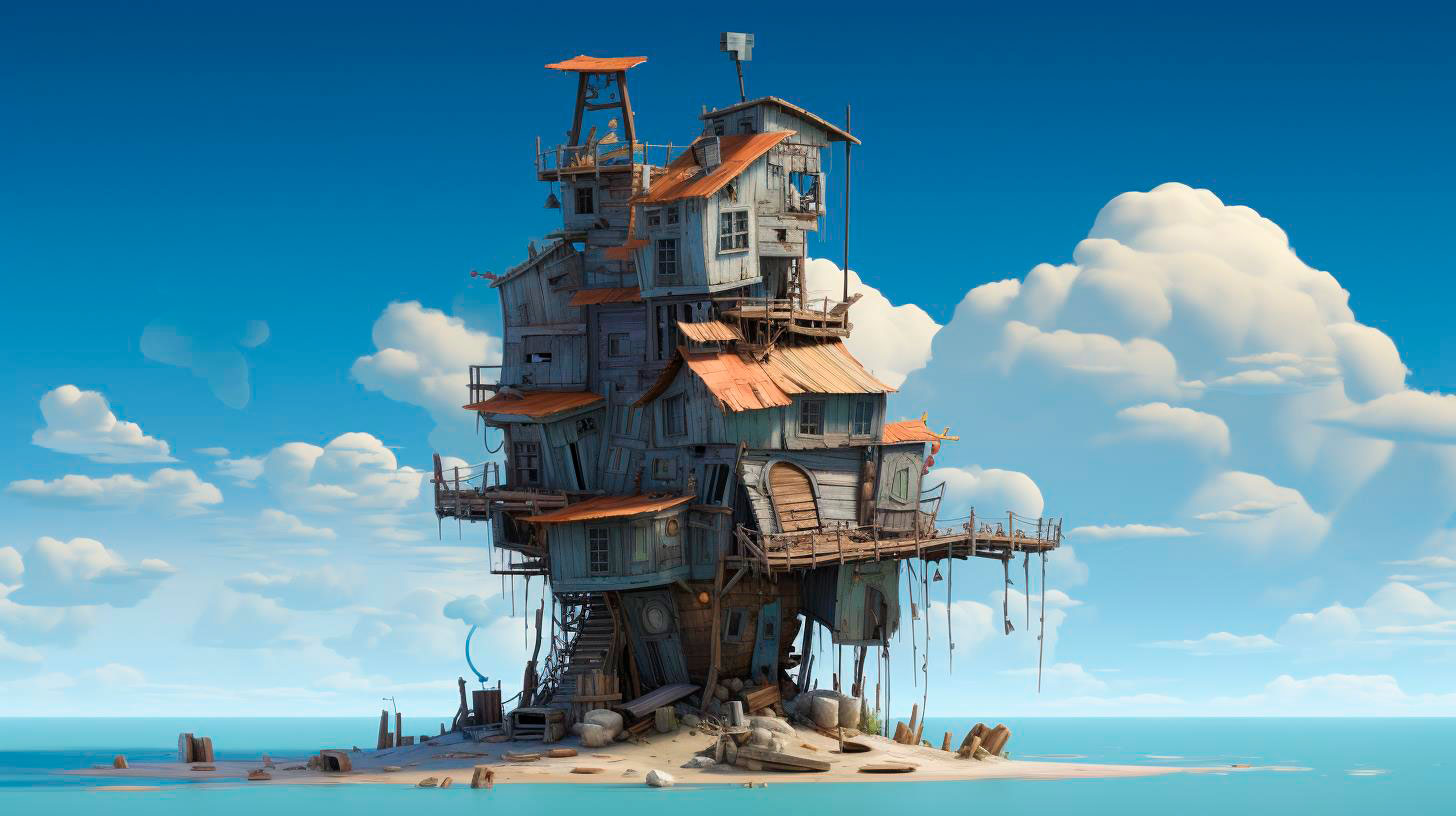


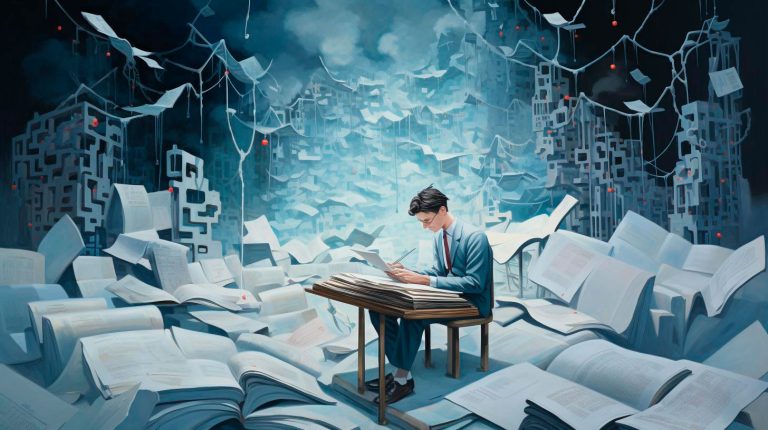
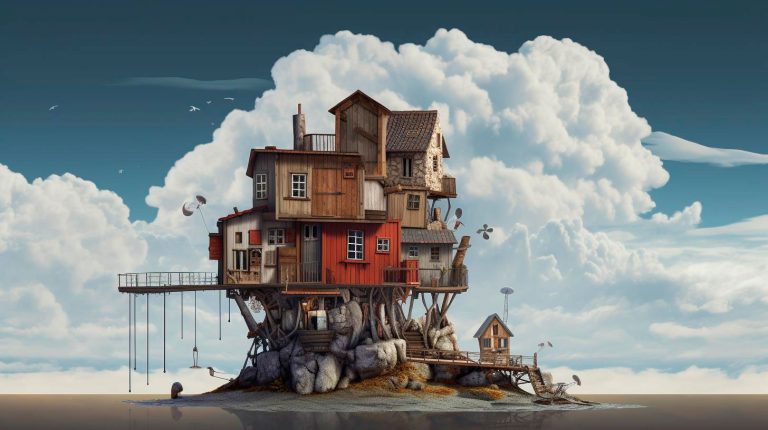
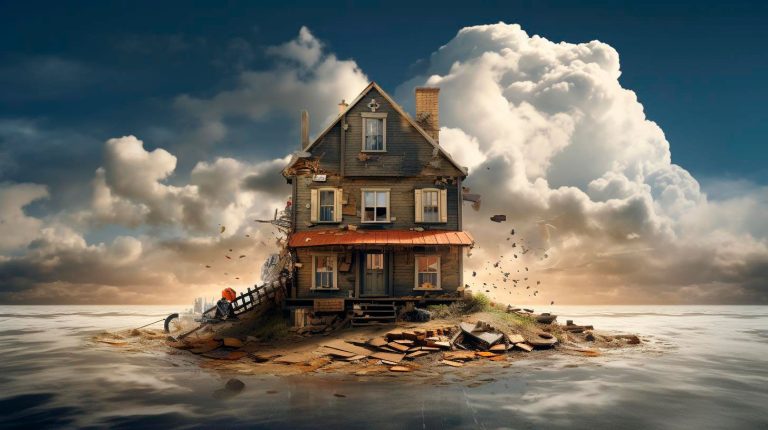


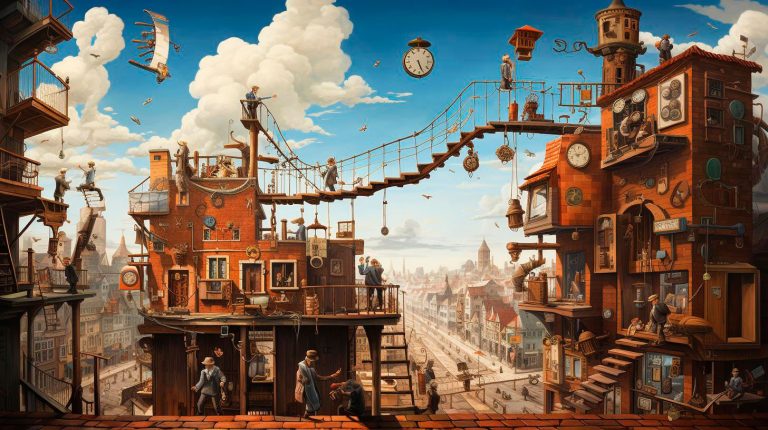


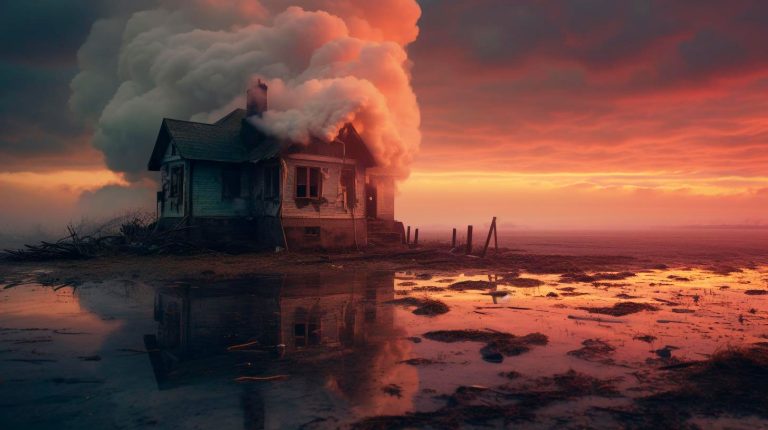
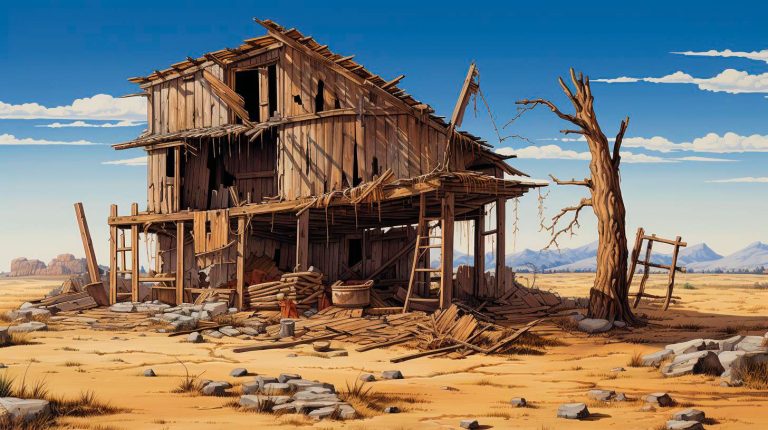
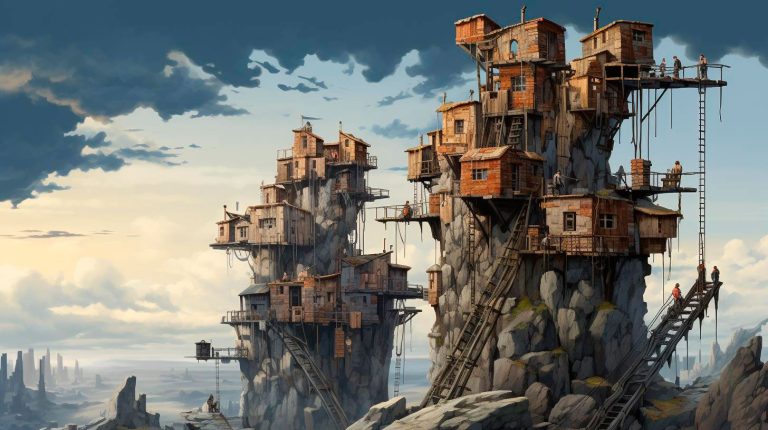








+ There are no comments
Add yours